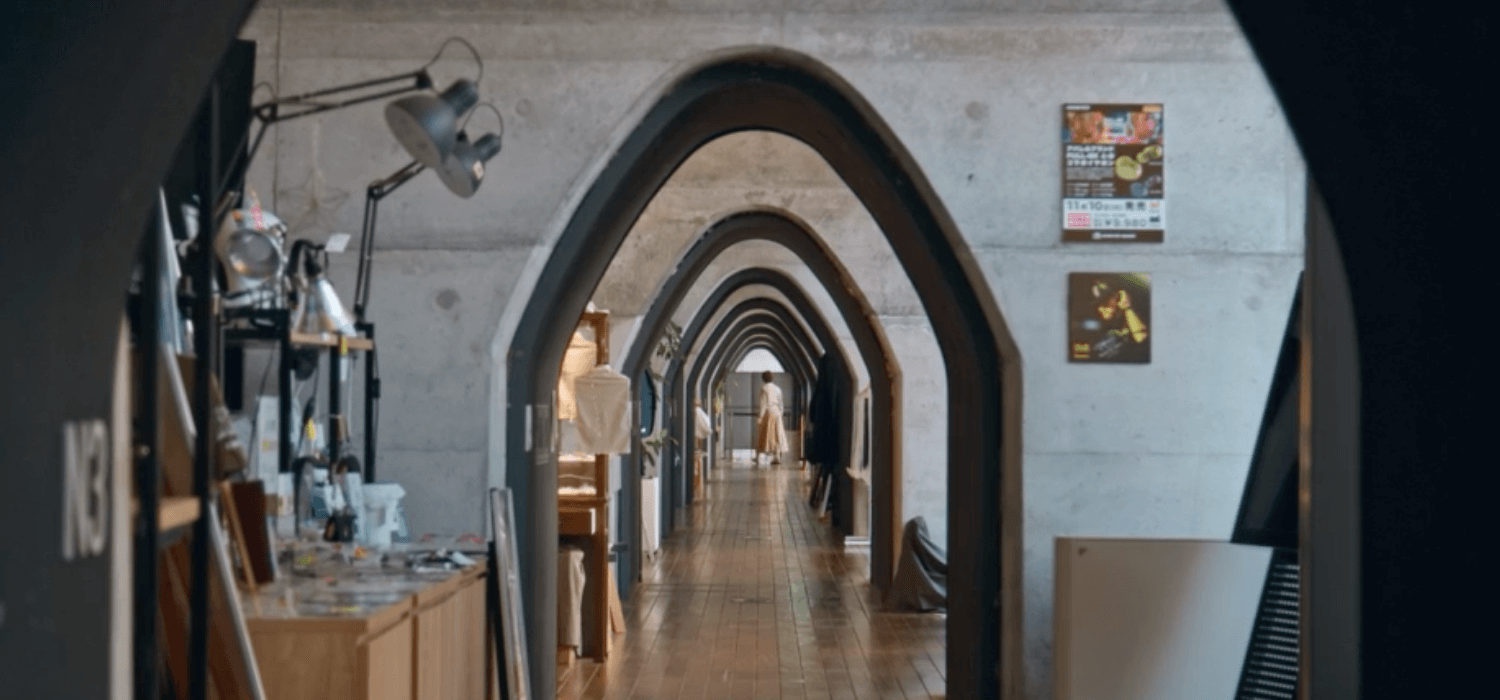

More Than Meets the Eye: A Guide to
the Many Faces of Tokyo
Every part of Tokyo is more than meets the eye at first glance, with Nihonbashi, being an excellent example: a bustling financial hub that also boasts a long, fascinating history and today is home to a wide variety of local-secret bakeries, bars and bistros. Join us as we explore the many-sided story of Japan’s capital, from Yanaka to Kanda, through Harajuku into Ginza and beyond.
Produced by

Navigated by Chloe Potter


Nihonbashi has deep roots in finance. In the Edo period this was the commercial centre of the city, with bustling canals, streets and markets. Recently, the neighbourhood has been attracting attention once again as exciting new businesses set up shop. Look behind the modern face to discover centuries of history.
Related places
Close


Yanaka moves at a different pace from much of Tokyo. As the city has changed around it, Yanaka has retained its old-fashioned atmosphere. Vacant wooden buildings have been brought back to life as new businesses such as cafés, noodle shops and galleries give them a fresh purpose.
Related places
Close


This historic corner of northeast Tokyo was once described as a place for “universities, bookshops and intellectuals”. Academic institutions are still there – along with the Holy Resurrection Cathedral – but Kanda is also home to electronics district Akihabara, a huge shrine and dozens of Japanese curry restaurants too.
Related places
Close


Harajuku is a neighbourhood of contrasts, home to the Meiji Shrine, which is surrounded by one of Tokyo’s largest green spaces, and a dense network of small streets packed with shops and cafés. Aoyama attracts a more grown-up crowd. Here, chic boutiques sit alongside one of the city’s most exquisite museums.
Related places
Close


First-timers to Ginza will be struck by its impressive department stores and glossy luxury labels. But head to the back streets and this area offers a riveting mix of exceptional bars, galleries and small shops. This was where Tokyo’s westernisation began in the 19th century and a stroll through Ginza is as popular as ever.
Related places
Close


With any luck you’ll spot a sumo wrestler out and about in Ryogoku, the riverside neighbourhood that is home to Kokugikan, Tokyo’s distinctive sumo stadium. Across the water is Kuramae, another old neighbourhood that has long been famous for its craft workshops and still hums with industry.
Related places
Close



